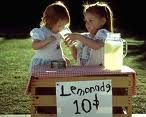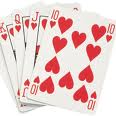Triggered by a massive earthquake, a tsunami unleashes its fury on Japan. All of us saw the images on tv hardly believing a wall of water could be so powerful that it would crash through coastal cities upending homes, destroying buildings and churning down streets sweeping away everything in its path. Minivans bobbed about in the detritus like corks.
Friday afternoon, people would have been in their homes, offices or running a quick errand in cars as the earthquake struck. Children would be at school. A thirty-second warning sounds that an earthquake is imminent. People brace for the worst as the quake strikes with seismic force. Some are buried in the rubble.
But the earthquake wasn’t the worst of it. Nature had a double punch. The energy of the buckling of the seismic plates on the ocean floor was displaced to the water, which came rushing to shore with all the wrath and fury of a monstrous wave depicted in Japanese woodcuts. The wave hit Sendai thirty minutes after the quake. No doubt, the citizens were still in shock from the quake, perhaps searching for loved ones or salvaging photos and prized possessions. How many had the presence to flee?
Unlike the coast of California, the northeastern coast of Japan is flat. There is no higher ground to escape to. The only alternative to flee as far away as one can inland. You can survive an earthquake if there are pockets of air in the building but what pockets of air remain after a wall of water rushes through? Now, of course, there is the terrible threat of nuclear contamination since the reactors have been damaged. A triple punch to Japan.
The tsunami . . . how strong that imagery of total destruction wreaked by nature. I’m also thinking of a tsunami in metaphorical terms: the tsunami of our economy with citizens unable to find work, the tsunami of the unrest in the Middle East as rebels calling for reform are violently repressed by a despotic ruler and the tsunami facing our educational system where the establishment seems to care more for its own wellbeing than that of the children they are entrusted with.



